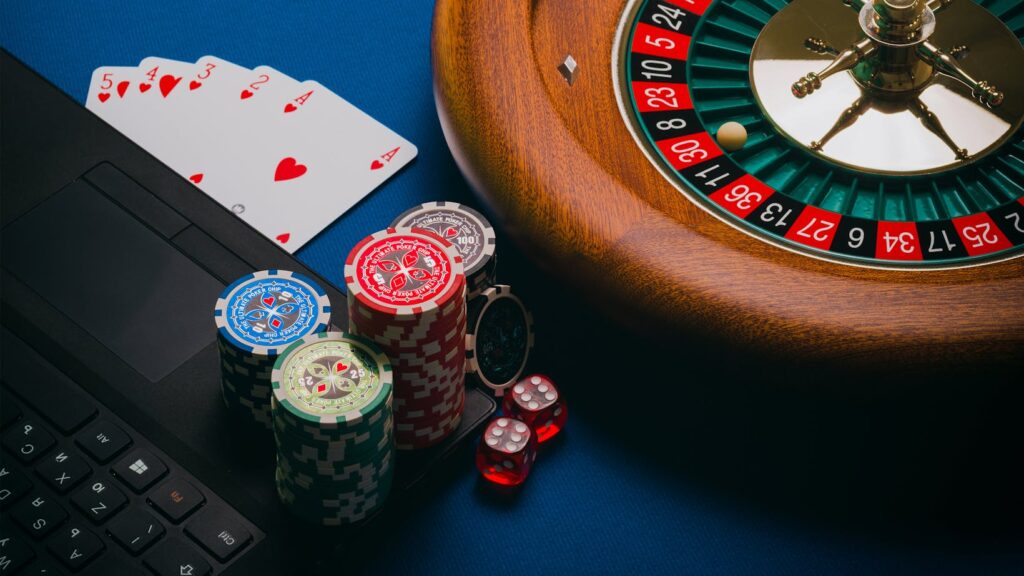In the high-octane world of Formula 1 racing and the intense atmosphere of professional poker, strategic decision-making is the lifeblood that fuels success. Both domains demand a unique blend of risk assessment, probability calculation, and the ability to make split-second decisions. At first glance, the roaring engines of a Formula 1 car and the quiet concentration at a poker table might seem worlds apart. Yet, they share a common thread—each requires a masterful command of strategy under pressure.
In Formula 1, drivers navigate complex tracks at breakneck speeds, with every decision impacting their position in the race. Similarly, poker players must read their opponents and the game, making calculated bets that could lead to a significant win or a costly loss. The concept of risk assessment is pivotal in both fields. Drivers and players alike must weigh potential outcomes, balancing aggression with caution.
A great example can be found at BonusFinder, a platform known for its data-driven strategies in sports betting, exemplifying how analytics can influence decision-making in both racing and poker. By leveraging data, participants in these fields can enhance their strategies, increasing their chances of success. But how do these high-stakes environments truly compare? And what can they teach us about strategic thinking?
Decision-Making Under Pressure
The pressure cooker environments of Formula 1 and poker demand quick thinking and precise decision-making. According to a study by McLaren Racing, a Formula 1 driver makes approximately 50-60 decisions per second during a race. Each choice—be it when to brake, accelerate, or overtake—can mean the difference between victory and defeat. The cognitive demands in such high-pressure situations require not only physical skill but also mental acuity.
In the poker world, the stakes are equally high. Players must make critical decisions based on incomplete information while managing their emotions and maintaining a poker face. The ability to read opponents, calculate odds, and decide whether to fold, call, or raise is a testament to their mental fortitude. Both environments require individuals to remain calm under pressure, using their experience and instincts to guide their decisions.

While the contexts differ, the underlying principles of decision-making remain the same. Both drivers and players must process vast amounts of information quickly, filtering out noise to focus on what truly matters. This ability to make sound decisions under pressure separates the champions from the rest.
Risk Assessment And Management
In both Formula 1 and poker, risk assessment is a critical component of success. Drivers and players must evaluate potential outcomes and make calculated decisions to maximize their chances of winning. In racing, this might involve deciding when to pit or how aggressively to push the car. In poker, it involves determining the likelihood of an opponent’s hand and deciding how much to bet.
Statistical modeling plays a crucial role in both fields. Formula 1 teams use complex algorithms to predict race outcomes, taking into account variables such as weather conditions, tire wear, and competitor performance. Similarly, poker players use probability and statistics to inform their strategies, assessing the odds of various hands and scenarios.
The ability to manage risk effectively is what allows individuals to thrive in these high-stakes environments. By understanding the potential consequences of their actions, drivers and players can make informed decisions that enhance their chances of success. This strategic approach to risk management is a valuable lesson that extends beyond the racetrack and poker table.
Probability And Data-Driven Strategies
Probability and data analysis are at the heart of decision-making in both Formula 1 and poker. Teams and players rely on statistical models to guide their strategies, using data to inform their choices and improve their performance. The 2019 MIT Sloan Sports Analytics Conference highlighted the importance of data-driven strategies in sports, emphasizing how analytics can enhance decision-making.
In Formula 1, teams collect and analyze vast amounts of data from sensors on the car, assessing everything from engine performance to tire degradation. This information helps them make informed decisions about race strategy, optimizing their chances of success. Similarly, poker players use data analysis to assess their own performance and that of their opponents, refining their strategies based on past outcomes.

The parallels between these fields and sports betting are clear. Just as in racing and poker, sports bettors use data and probability to inform their decisions, seeking to maximize their returns. By understanding the role of probability and data analysis, individuals can make more informed choices, whether on the track, at the table, or in the betting world.
Split-Second Strategic Choices
In both Formula 1 and poker, the ability to make quick, strategic decisions is paramount. Drivers and players often rely on instinct and experience to guide them in critical moments, making choices with limited information. This ability to think on their feet is what sets them apart from the competition.
For a Formula 1 driver, a split-second decision might involve choosing the right moment to overtake a competitor or deciding how much to push the car in the final laps. These decisions require not only technical skill but also a deep understanding of the race and their own capabilities.
In poker, players must make similarly quick decisions, often with little time to deliberate. Whether it’s deciding to bluff, call, or fold, these choices can have significant consequences for the outcome of the game. The ability to make the right call under pressure is a testament to their strategic thinking and mental agility.



